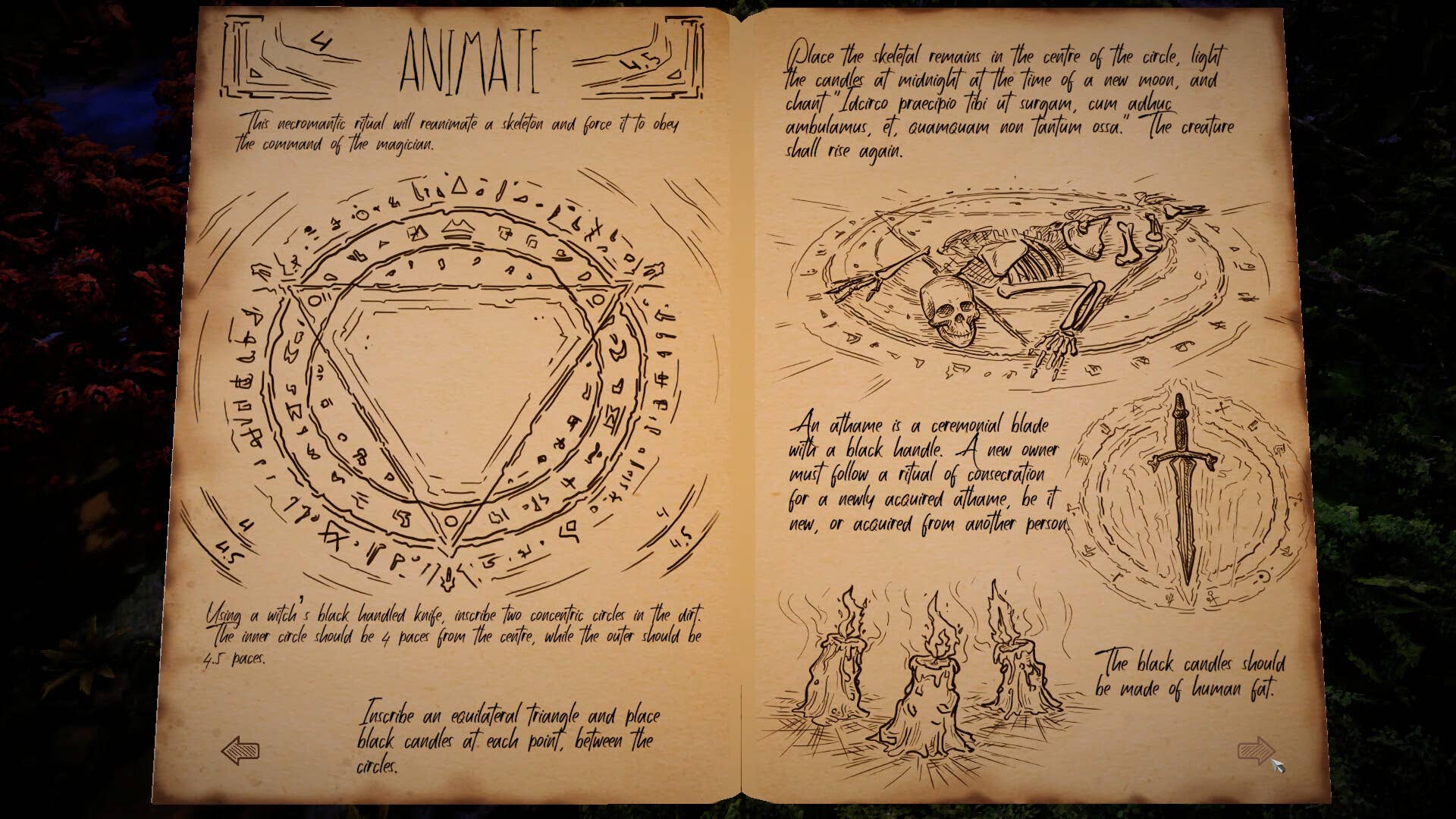The exhilarating initial dive into a new role-playing game often succumbs to a familiar dread: the creeping fear of missing out, or FOMO, stemming from an overwhelming array of class choices and skill trees. Players frequently find themselves hours deep into a character build, only to question their foundational decisions, lamenting the path not taken and envisioning superior alternatives. This pervasive sentiment of regret often leads to the frustrating decision to abandon progress and restart, chasing an elusive perfect build in a cycle of choice paralysis.
Paradoxically, the very breadth of options traditionally celebrated in RPGs can become a significant disadvantage, hindering player engagement rather than enhancing it. When confronted with a dozen distinct classes, the psychological burden of potentially “wasting” time on the wrong one can overshadow the joy of the experience. This constant internal debate underscores a powerful argument for a more focused approach to role-playing, advocating for the merits of what can be termed “one-job RPGs.”
The inherent strength of a specialized RPG lies in its deliberate constraint, channeling both developer creativity and player attention into a singular, deeply explored archetype. By stripping away the distraction of multiple character paths, these games foster a profound immersion into a meticulously crafted role. This commitment allows for richer narrative depth and more intricate gameplay mechanics specifically tailored to that unique profession, transforming perceived limitations into compelling thematic strengths.
A shining illustration of this focused design philosophy is found in The Necromancer’s Tale, a game that masterfully embodies the “one-job” ethos. Players are cast as a necromancer in a fictional town near Venice during Isaac Newton’s era, with the primary objective unequivocally centered on mastering the dark arts of raising the dead. While subtle variations in starting stats allow for diverse necromancer sub-types—from burly dockworkers to scholarly recluses—the core purpose remains steadfastly singular.
The game’s narrative ingeniously weaves the necromantic profession into its very fabric, beginning with an investigation into the protagonist’s father’s untimely demise, which gradually unfurls into a deep dive into the underworld. Every choice, every interaction, from experimenting with potions to sourcing macabre components for seances, reinforces the central theme. This unwavering dedication allows for exquisite detail in the world-building, populating the setting with characters and conundrums directly relevant to a necromancer’s life, despite visual limitations.
Crucially, The Necromancer’s Tale eradicates the pervasive FOMO often associated with broad-choice RPGs. There is no lingering regret about having chosen the “wrong” path because the game intrinsically understands and celebrates its niche. Players are not left wishing they had picked a fighter or a mage; instead, they are fully engaged in the unique challenges and advantages of their chosen dark art. This laser focus cultivates a rare sense of purpose and strategic depth, empowering players to truly inhabit their specialized role.
This success story highlights a compelling argument for the future evolution of the RPG genre: a shift towards more specialized experiences. Imagine fantasy games that meticulously explore the nuances of other familiar classes, building entire worlds around their inherent drawbacks and unique contributions, much like a hypothetical “Healer’s Tale.” Such focused narratives could provide fresh, innovative gameplay loops and deeper emotional connections, offering a potent antidote to the often superficial breadth of traditional open-ended RPGs, pushing the boundaries of video game culture by prioritizing depth over sprawling, unfocused choice.






Leave a Reply